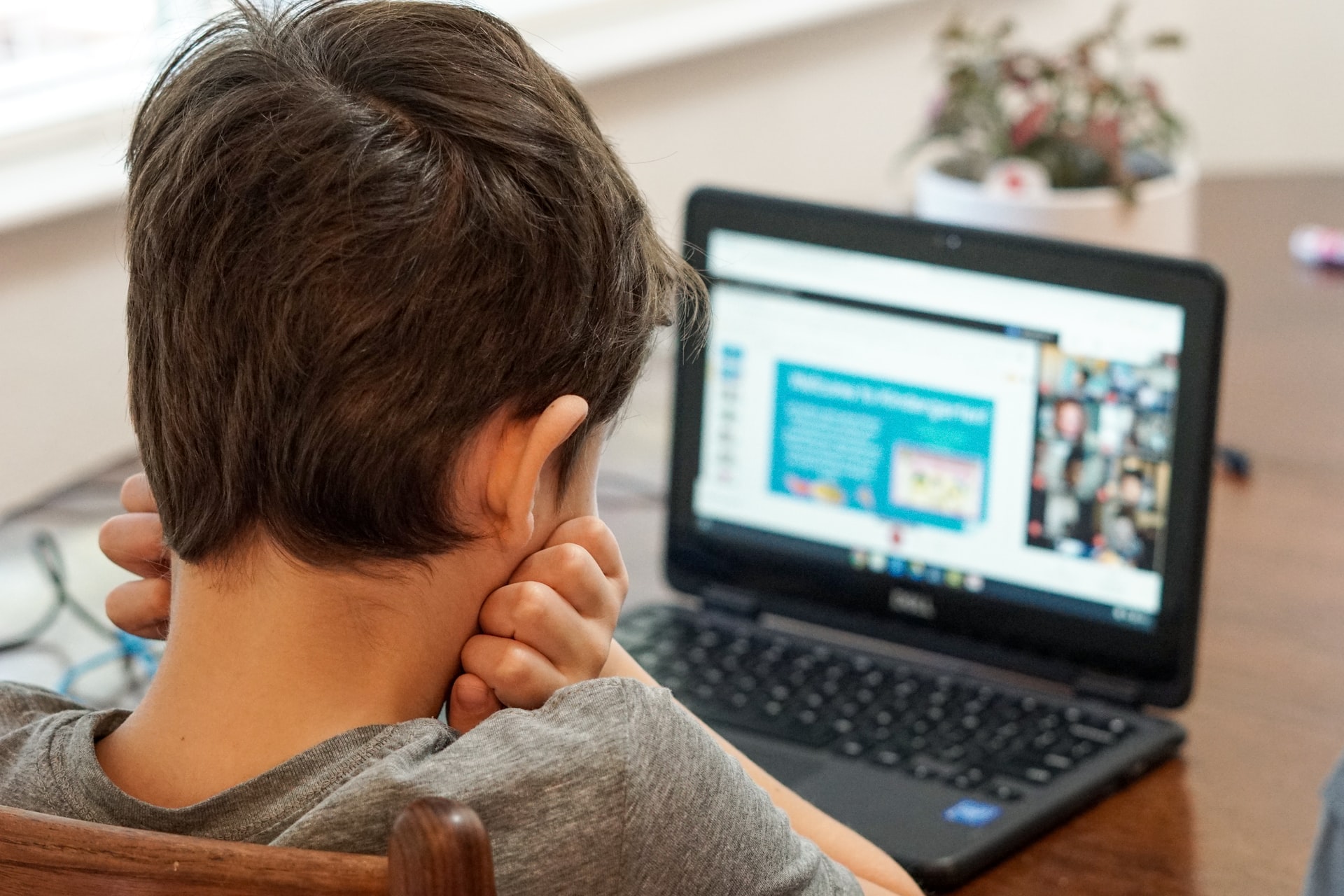Diagnosing ADHD

Now and then, I’ll get an email from a reader inquiring how ADHD is diagnosed in children. Rather than drafting a lengthy email detailing the procedure, I direct them to publications that answer the topic. While researching the most recent ADHD studies, I was motivated to create an article about ADHD diagnosis. Let’s get this party started.
Let’s start with the most vital item. There is no one-size-fits-all test for ADHD. Furthermore, any test you choose will be difficult. You must undertake your own study to understand the benefits and drawbacks of each technique. As a result, when you meet with your child’s doctor, you will be able to discuss choices from a position of strength and confidence. Furthermore, if you approach the diagnosis process with a thorough awareness of its complexities, you can avoid certain typical blunders and, as a result, face fewer disappointments.
Look for the clues.
The diagnosing procedure actually begins when someone notices that your child is having difficulties focusing and functioning in a classroom setting. It might be a teacher who notices your child is slipping behind academically or being disruptive due to their impulsivity. When this happens, take your child to see their pediatrician or family medicine practitioner.
How Is ADHD Diagnosed in a Child?
Before you and your child visit the doctor, you should be aware that most general practitioners and certain pediatricians are not trained in the intricacies of ADHD and hence are not competent or equipped to conduct an evaluation. It can take many hours of screening and analysis to diagnose ADHD, and most general practitioners and even pediatricians do not have that much time to dedicate to one patient. If they are not qualified, they can refer you to a qualified ADHD specialist.
Professionals’ Approaches to ADHD Diagnosis in Children
In order to make an appropriate diagnosis, your doctor must first determine whether your kid exhibits the symptoms listed in the Diagnostic and Statistical Manual of Mental Disorders-Fifth Edition (DSM-V). To be diagnosed with ADHD, a child must exhibit six of the nine symptoms of inattention and/or hyperactivity/impulsivity before the age of twelve. Furthermore, these symptoms must hinder the child’s ability to perform in more than one context – at home, school, or work.
If your child matches the criteria, he or she must go through a clinical interview using a standardized ADHD scale. They will also be given a screening test to rule out common comorbid diseases such as learning problems, anxiety, autism, and mood disorders.
The ADHD diagnostic process can take a week or two, so don’t expect to see findings right away. During this time, make sure you notify your child’s teacher and other school officials. In fact, in certain circumstances, the school may be able to handle the testing on their own, as they employ special education teachers, psychometrists, and educational psychologists who are well-versed in the process.






